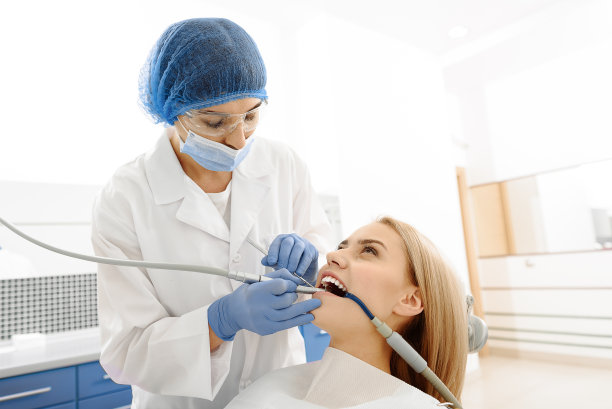The Essential Guide to Extracting a Tooth Steps Aftercare and What to Expect During the Process
Summary: Tooth extraction can be a daunting process, but with the right information, you can navigate it with ease. This guide outlines the essential steps involved in tooth extraction, what to expect during the procedure, and aftercare tips to ensure a smooth recovery. From understanding the reasons behind the extraction to post-operative care, this article aims to equip you with the knowledge needed to feel prepared and reassured. By following these guidelines, you will minimize discomfort and promote healing during your recovery.
1. Understanding the Need for Tooth Extraction

Tooth extraction may be necessary for various reasons, including severe decay, dental crowding, or impacted wisdom teeth. Understanding why your dentist recommends this procedure is crucial in preparing for what lies ahead. Often, extraction is suggested after other treatments have proven ineffective or infeasible.
In cases of severe decay, the tooth may be too damaged to repair through fillings or crowns. On the other hand, dental crowding occurs when there is insufficient space for teeth to grow properly, necessitating removal to ensure proper alignment. Knowing the reason for your extraction enables you to better understand your dentists advice and the importance of the procedure.
If an impacted tooth is not removed, it may lead to further complications, such as infection or damage to adjoining teeth. Therefore, recognizing these factors can help alleviate any fear and clarify the necessity of the extraction process.
2. Steps Involved in the Extraction Procedure
The extraction process typically involves several key steps. First, the dentist will conduct an examination, which may include X-rays to assess tooth position and roots. This step helps the dentist determine the complexity of the extraction.
Next, local anesthesia is administered to numb the area around the tooth. In some cases, sedation might be necessary to help you relax during the procedure. Once the area is numb, the dentist will proceed with the extraction, using specialized tools to remove the tooth and minimize discomfort.
After the tooth is successfully extracted, the dentist will provide you with gauze to help control bleeding and begin the healing process. Following the extraction, post-operative instructions will be given, which are vital for a smooth recovery.
3. Aftercare: Managing Pain and Promoting Healing
Proper aftercare is essential to minimize pain and promote healing following a tooth extraction. Initially, you may experience swelling and discomfort; applying ice packs to the area can help alleviate these symptoms. Remember to alternate the ice application every 15 minutes for optimal results.
Over-the-counter pain relievers, as recommended by your dentist, can aid in managing pain levels. It’s essential to follow the prescribed dosage and avoid taking medications that could increase bleeding, such as aspirin.
Your diet will also need adjustment during recovery. Soft foods like yogurt, applesauce, and mashed potatoes should be consumed while avoiding hard, crunchy, or spicy foods that might irritate the extraction site. Staying hydrated is essential, but try to avoid using straws, as the suction can dislodge the healing blood clot.
4. What to Expect During Recovery
The recovery phase can vary from person to person, but some common experiences are to be expected. Initially, you may notice bleeding and swelling, which are part of the body’s natural response to injury. The bleeding should subside within a few hours, but if it continues, you should contact your dentist.
It is also normal to experience some level of discomfort for a few days following the extraction. However, if the pain worsens, it might indicate a potential complication, such as dry socket or infection, necessitating a visit to your dentist.
Regular follow-up appointments may be scheduled to ensure the healing process is on track. Your dentist will assess the site and remove any stitches if necessary. Throughout this time, maintain good oral hygiene but take care to avoid the extraction area until its fully healed.
Summary:
Tooth extraction is a significant dental procedure that requires a clear understanding of the steps involved and the aftercare needed for recovery. By being informed about the reasons for extraction, the procedure, and post-operative care, you can better prepare for this experience, minimizing anxiety and ensuring proper healing.
This article is compiled by Vickong Dental and the content is for reference only.


